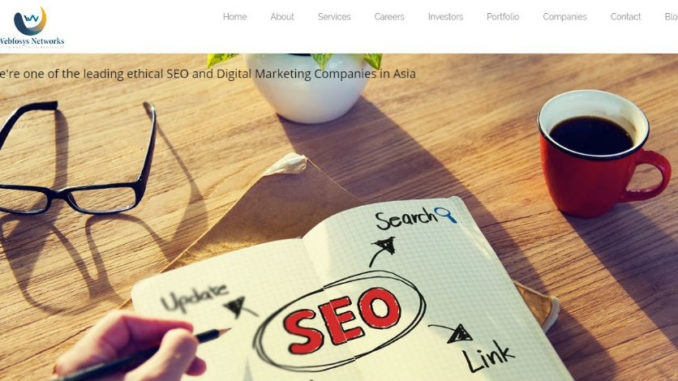
Be it luxury or affordable homes, real estate developers are increasingly adopting digital marketing for brand awareness as well as lead generation. This has had led to a subsequent rise of digital spends in marketing budgets. In order to maximize returns, it is essential to get the first step right i.e. targeting audiences in terms of demographics, platforms, timing and so on. Here are some techniques that could be helpful.
Targeting is a continuous process that forms a cycle of experimenting, reviewing and altering. Developers should consistently modify the target audience parameters for desired reach. Use past customer databases to reach out to prospects with similar demographics for akin property offerings. Most importantly, use analytics judiciously to measure the impact of your digital marketing strategy and tweak it accordingly. Review the strategy constantly by conducting cost-benefit analysis and permute it for the next round.
For a demand intensive industry like real estate, every person can be a potential customer at some point in time. Therefore, the key to effective targeting of digital marketing ads is to narrow down the target audience based on the project offering in terms of its concept, price, amenities, location, etc. The target group differs for each project and thus a single-set approach may not always work. For example, home buyers, especially natives, are highly social and often prefer buying homes in areas that they’re familiar with. Real estate developers can leverage this tendency by displaying ads for properties close to where potential buyers currently reside. For instance, display ads of project in Andheri to people already residing there. Promotions based on radius-targeting can yield better results.
Popularly used platforms/tools by real estate marketers include Facebook, LinkedIn, Google (search and display ads), and email marketing. Critical scrutiny should go behind selecting the marketing platform based on various factors and aspects of the project. One of the key factors is ticket size of the project. For instance, developers can access LinkedIn for premium projects whereas Facebook for the comparatively more affordable (mid size) projects. It is also important to know how various ad formats can be used to meet specific objectives.
The time of ad display is critical to exploit its full potential. Developers should track the availability of their target audience and run ads at that hour. For instance, running ads after office hours in a commercial locality like Lower Parel in Mumbai for a residential project will make sense as it will eliminate displaying ads to people visiting that area for work with possibly low intent of buying a home there. This will also help in maximizing marketing spends.
Developers can partner with players from other sectors to target prospective home buyers based on filters like location, salary, designation, travelling trends, etc. For instance, developers can tie up with online travel portal to send emails about properties near the airport to frequent flyers.
Advanced ad tools like Facebook Lookalike Audiences can also help in increasing the probability of sales conversion and maximising ROI. Developers simply have to upload a filtered sample database with detailed segmentations of past/potential home buyers as per income ranges, current residential location, property type, likes and preferences, family size, etc. Facebook then builds on the existing database by identifying individuals with similar demographics; thus expanding the campaign reach and adding more leads to the sales funnel. Google has a similar offering called Similar Audiences for Google search ads and Gmail sponsored promotions.
Once a suitable targeting strategy is adopted, the next logical step is to perform tracking activities to constantly compare the desired results with the actual outcome.
